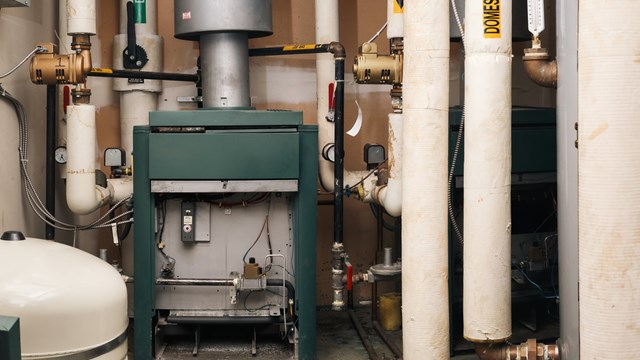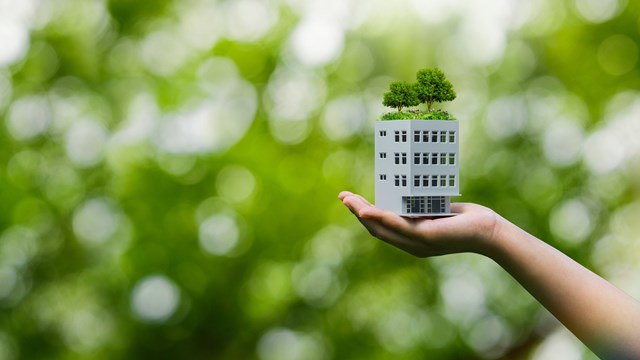
According to the New York City Department of Environmental Protection (DEP), New York City currently has the largest unfiltered surface water supply in the world. Every day, some 1.3 billion gallons of water are delivered to more than eight million New York City residents, a million more consumers in four upstate counties, and hundreds of thousands of commuters and tourists. The system includes a watershed of 1,972 square miles across eight counties north and west of the city. The system’s 19 reservoirs and three controlled lakes contain a total storage capacity of 580 billion gallons. Approximately 97 percent of this total water supply is delivered to the residential and commercial populace by gravity—the remainder is pumped upwards to maintain the desired pressure.
Central and Local Filtration
As the impact of pollution and waste caused by the plastic water bottling industry becomes more common knowledge and people seek alternatives to bottled water, building owners, managers and residents are looking for assurance that the water from their taps is clean, safe and healthy. Truth is, there are no government standards that require bottled water to be any better, purer or safer than tap water. And while people who choose to buy bottled water deserve the assurance that it is safe, the long-term solution to water quality is to ensure that safe, clean, good-tasting drinking water comes right out of the tap. Most water requires some type of treatment before use, even water from deep wells or springs. The extent of treatment depends on the source of the water. Simple, readily available, water testing can help determine the level of filtration desired. New York City tap water is some of the best in the nation in terms of taste, purity, and safety, but anyone concerned about the quality of their tap water can take action to insure it by implementing a filtration program.
The road to water quality assurance is twofold—usually involving a central water filtration system that serves the whole building, and a series of local systems that serve individual units. Central systems are installed on a building’s incoming water supply, and represent a long-term solution to eliminating sediment and other contaminants. Unlike in the past, today’s central systems require minimal maintenance and no added chemicals. Central filters provide the foundation on which a complete filtration system is based.
By contrast, local filtering systems perform a singular function—such as a dedicated drinking water spout—or serve an entire block of fixtures, such as a kitchen or pantry. Because different geographic areas are prone to different types of contaminants, specialized filters are available to produce the desired water quality in a given area.
One caveat when it comes to filtration, however: while improving taste and purity are both good reasons to install filtration systems, it's also important to note that filters can sometimes be too efficient, resulting in the removal of healthy trace minerals that our body needs. All the more reason to do your homework and consult a filtration expert before installing a system in your building or in your apartment.
Benefits
Aside from producing better-tasting water, by removing sediments and other solids, a cleaner water system also relieves stress on a building's piping systems and plumbing fixtures, which in turn decreases utility bills and operating costs while increasing equipment life. A further benefit is that building occupants can reduce or even eliminate the use of bottled water, which in turn reduces the detrimental environmental effects of manufacturing and disposing of plastic bottles.
In conjunction with a filtration program, buildings should also consider installing low-flow fixtures and faucets to reduce occupant usage of water. By using more water-efficient products and practices, consumers improve health, save natural resources, reduce water consumption and save money.
Neil Skidell is managing director of Par Green Solutions at The Par Group, a New York City-based provider of plumbing, mechanical and fire protection services.






Leave a Comment